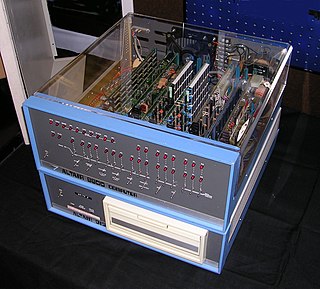
The Altair 8800 is a microcomputer designed in 1974 by MITS and based on the Intel 8080 CPU. Interest grew quickly after it was featured on the cover of the January 1975 issue of Popular Electronics and was sold by mail order through advertisements there, in Radio-Electronics, and in other hobbyist magazines. According to Harry Garland, the Altair 8800 was the product that catalyzed the microcomputer revolution of the 1970s. It was the first commercially successful personal computer. The computer bus designed for the Altair was to become a de facto standard in the form of the S-100 bus, and the first programming language for the machine was Microsoft's founding product, Altair BASIC.

MicroProse is an American video game publisher and developer founded by Bill Stealey, Sid Meier, and Andy Hollis in 1982. It developed and published numerous games, including starting the Civilization and X-COM series. Most of their internally developed titles were vehicle simulation and strategy games.

Alternative comics or independent comics cover a range of American comics that have appeared since the 1980s, following the underground comix movement of the late 1960s and early 1970s. Alternative comics present an alternative to mainstream superhero comics which in the past have dominated the American comic book industry. They span across a wide range of genres, artistic styles, and subjects.

Ziff Davis, Inc. is an American digital media and internet company. Founded in 1927 by William Bernard Ziff Sr. and Bernard George Davis, the company primarily owns technology- and health-oriented media websites, online shopping-related services, internet connectivity services, gaming and entertainment brands, and cybersecurity and martech tools. Previously, the company was predominantly a publisher of hobbyist magazines.
Micro Instrumentation and Telemetry Systems, Inc. (MITS), was an American electronics company founded in Albuquerque, New Mexico that began manufacturing electronic calculators in 1971 and personal computers in 1975.

Datamation is a computer magazine that was published in print form in the United States between 1957 and 1998, and has since continued publication on the web. Datamation was previously owned by QuinStreet and acquired by TechnologyAdvice in 2020. Datamation is published as an online magazine at Datamation.com.
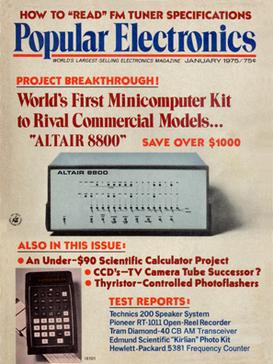
Popular Electronics was an American magazine published by John August Media, LLC, and hosted at TechnicaCuriosa.com. The magazine was started by Ziff-Davis Publishing Company in October 1954 for electronics hobbyists and experimenters. It soon became the "World's Largest-Selling Electronics Magazine". In April 1957, Ziff-Davis reported an average net paid circulation of 240,151 copies. Popular Electronics was published until October 1982 when, in November 1982, Ziff-Davis launched a successor magazine, Computers & Electronics. During its last year of publication by Ziff-Davis, Popular Electronics reported an average monthly circulation of 409,344 copies. The title was sold to Gernsback Publications, and their Hands-On Electronics magazine was renamed to Popular Electronics in February 1989, and published until December 1999. The Popular Electronics trademark was then acquired by John August Media, who revived the magazine, the digital edition of which is hosted at TechnicaCuriosa.com, along with sister titles, Mechanix Illustrated and Popular Astronomy.

Zzap!64 is a computer games magazine covering games for computers manufactured by Commodore International, especially the Commodore 64 (C64). It was published in the UK by Newsfield Publications Ltd and later by Europress Impact.

Henry EdwardRoberts was an American engineer, entrepreneur and medical doctor who invented the first commercially successful personal computer in 1974. He is most often known as "the father of the personal computer."

Prentice Hall was a major American educational publisher. It published print and digital content for the 6–12 and higher-education market. It was an independent company throughout the bulk of the twentieth century. In its last few years it was owned by, then absorbed into, Savvas Learning Company. In the Web era, it distributed its technical titles through the Safari Books Online e-reference service for some years.
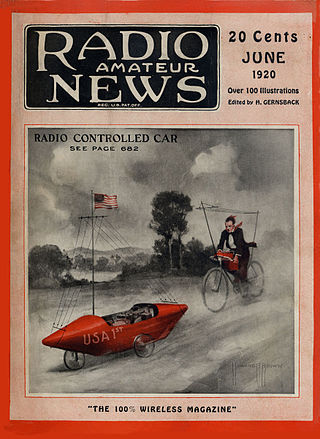
Radio News was an American monthly technology magazine published from 1919 to 1971. The magazine was started by Hugo Gernsback as a magazine for amateur radio enthusiasts, but it evolved to cover all the technical aspects to radio and electronics. In 1929, a bankruptcy forced the sale of Gernsback's publishing company to B. A. Mackinnon. In 1938, Ziff-Davis Publishing acquired the magazines.

Radio magazine, a radio broadcasting trade publication, covers the technology side of radio broadcasting. The publication is targeted at radio broadcast engineers, technology managers and owners of radio stations, networks, and recording studios. It is owned by Future US.
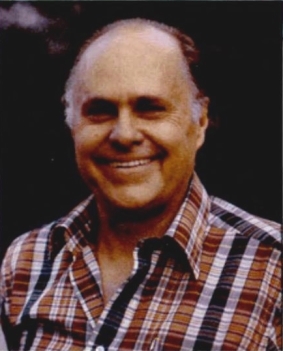
Wayne Sanger Green II was an American publisher, writer, and consultant. Green was editor of CQ magazine before he went on to found 73, 80 Micro, Byte, CD Review, Cold Fusion, Kilobaud Microcomputing, RUN, InCider, and Pico, as well as publishing books and running Instant Software.
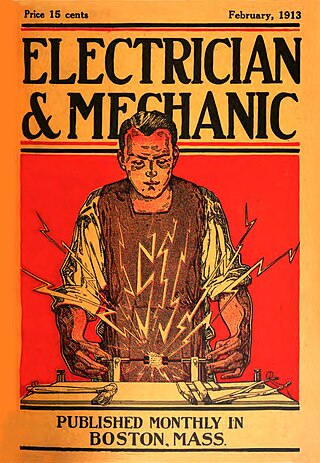
Electrician and Mechanic was an American science and technology magazine published from 1890 to January 1914 when it merged with Modern Electrics to become Modern Electrics & Mechanics. In July 1914, incorporated with Popular Electricity and the World's Advance and the title became Popular Electricity and Modern Mechanics. The new publisher, Modern Publishing, began a series of magazine mergers and title changes so numerous that librarians began to complain. In October 1915 the title became Popular Science Monthly and the magazine is still published under that name today.
Computer User is a computer magazine that was founded in 1982, and which, after several owners and fundamental changes, is still in business today online as computeruser.com. It should not be confused with a magazine published in 1983-1984 by McPheeters, Wolfe & Jones that was also titled Computer User, but with the subtitle "For the Tandy/Radio Shack System".
Electronics World is a technical magazine published by Datateam Business Media Ltd that covers electronics and RF engineering and is aimed at professional design engineers. It is produced monthly in print and digital formats.

The Computer Paper was a monthly computer magazine that was published in Canada from February 1988 until November 2008. The magazine was originally published by Canada Computer Paper Inc. It was purchased in 1997 by Hebdo Mag International of Paris, France, and then to Piccolo Publishing Ltd of Toronto in 2003. Publication ceased in November 2008 due to declining ad revenues.

Radio-Electronics was an American electronics magazine that was published under various titles from 1929 to 2003. Hugo Gernsback, sometimes called the father of science fiction, started it as Radio-Craft in July 1929. The title was changed to Radio-Electronics in October 1948 and again to Electronics Now in July 1992. In January 2000 it was merged with Gernsback's Popular Electronics to become Poptronics. Gernsback Publications ceased operations in December 2002 and the January 2003 issue was the last. Over the years, Radio-Electronics featured audio, radio, television and computer technology. The most notable articles were the TV Typewriter and the Mark-8 computer. These two issues are considered milestones in the home computer revolution.

Byte was a microcomputer magazine, influential in the late 1970s and throughout the 1980s because of its wide-ranging editorial coverage.

Video is a discontinued American consumer electronics magazine that was published from 1977 to 1999 by Reese Communications with a focus on video and audio devices. The magazine showcases new audiovisual products, analyzes current practices and trends in the field, and provides critical reviews of newly marketed products and equipment. During its early years, it competed fiercely with contemporary journals like Video Review and Video Buyer's Review—ultimately culminating in a 1980 trademark infringement suit over use of the term "Video Buyer's Guide". In March 1995, Video was acquired from Reese by Hachette Filipacchi, and in 1999 it was merged with their bi-monthly Sound & Image magazine to become Sound & Vision.

















